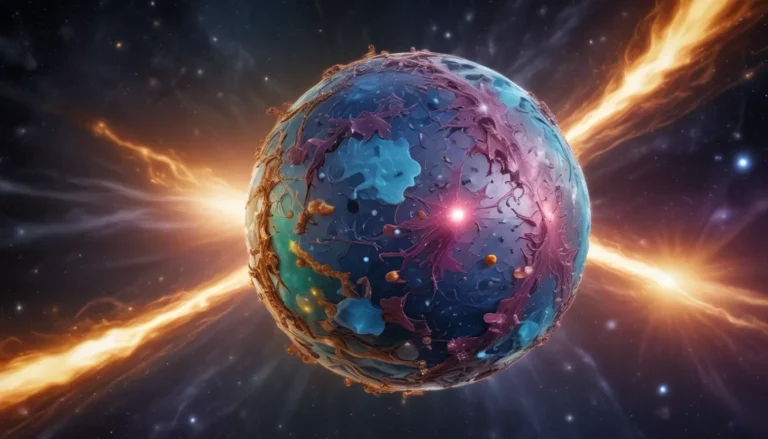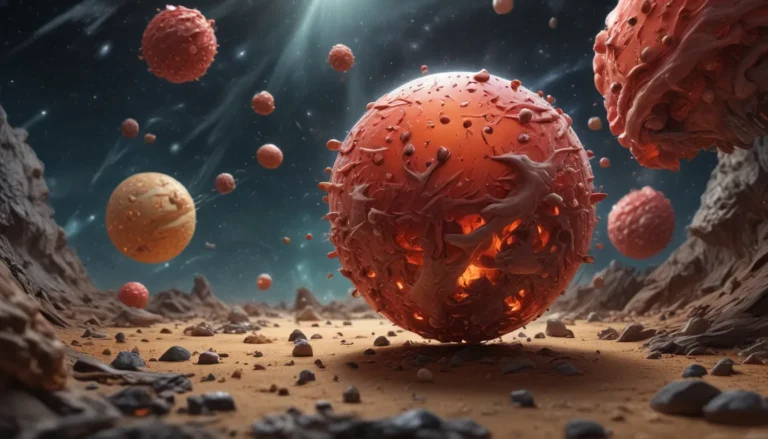A Note About Images: The images used in our articles are for illustration purposes only and may not exactly match the content. They are meant to engage readers, but the text should be relied upon for accurate information.
Did you know that the Peltier Effect, a remarkable phenomenon named after the French physicist Jean Charles Athanase Peltier, has been captivating scientists since 1834? This effect involves the generation or absorption of heat when an electric current flows through two dissimilar materials, blending the realms of thermoelectricity and solid-state physics into a mesmerizing concept. Let’s delve into 16 astounding facts about the Peltier Effect, unraveling its secrets and exploring its diverse applications in modern technology.
Unraveling the Enigma of the Peltier Effect
The Peltier Effect is a fascinating thermoelectric phenomenon that converts temperature differences into electric voltage and vice versa. Discovered in 1834 by Peltier himself, this effect revolutionized the field of thermoelectricity by introducing a novel way to manipulate heat through electricity. From its reversible nature to its basis on energy conservation principles, the Peltier Effect continues to amaze researchers and engineers worldwide.
Practical Applications of the Peltier Effect
Peltier devices, also known as thermoelectric coolers, play a crucial role in various cooling and heating applications. These devices have no moving parts, making them reliable and silent, ideal for electronics, laboratories, and power generation. With the ability to achieve temperature differentials of up to 70 degrees Celsius, Peltier devices offer efficient thermal management solutions across a wide range of industries.
Harnessing the Power of the Peltier Effect
Beyond cooling and heating, the Peltier Effect can also be utilized for power generation. By converting waste heat into usable electricity, Peltier devices offer energy-saving opportunities with the potential to revolutionize renewable energy solutions. The close relationship between the Peltier Effect and the Seebeck Effect opens doors to innovative advancements in energy conversion and thermal management.
Advancements and Ongoing Research
Continual research and development efforts focus on enhancing the efficiency and effectiveness of the Peltier Effect. Scientists are exploring new materials and optimizing device designs to expand its applications further. Miniature Peltier devices find their way into electronics for precise temperature control, while cascading multiple devices unlocks higher temperature differentials for extreme cooling or heating requirements.
Embracing the Impact of the Peltier Effect
By understanding the Peltier Effect, we gain insights into the fundamental principles of thermodynamics and solid-state physics. Its widespread applications in DNA amplification techniques, power generation, and electronic cooling highlight the versatility and potential of this captivating phenomenon. As we delve deeper into the realms of physics, the Peltier Effect serves as a beacon of scientific progress and innovation, shaping the future of technology and energy management.
Conclusion: The Peltier Effect – A Beacon of Progress
In conclusion, the Peltier Effect stands as a testament to the genius of scientific discovery and technological innovation. From its humble origins in the 19th century to its modern-day applications in cooling, heating, and power generation, this effect continues to inspire researchers and engineers worldwide. With a deep understanding of the Peltier Effect, we can unlock new possibilities in energy efficiency, thermal management, and renewable energy solutions, paving the way for a brighter, sustainable future.
Join us on this enthralling journey through the wonders of thermoelectricity, as we unravel the mysteries of the Peltier Effect and explore its endless potential for scientific advancement and technological innovation. Dive into the captivating world of thermodynamics and solid-state physics, where each discovery brings us closer to a sustainable, energy-efficient future powered by the remarkable phenomenon of the Peltier Effect.






